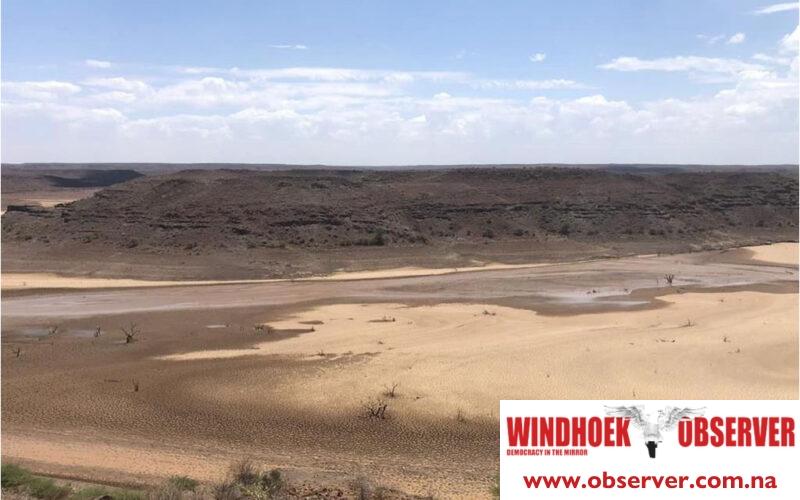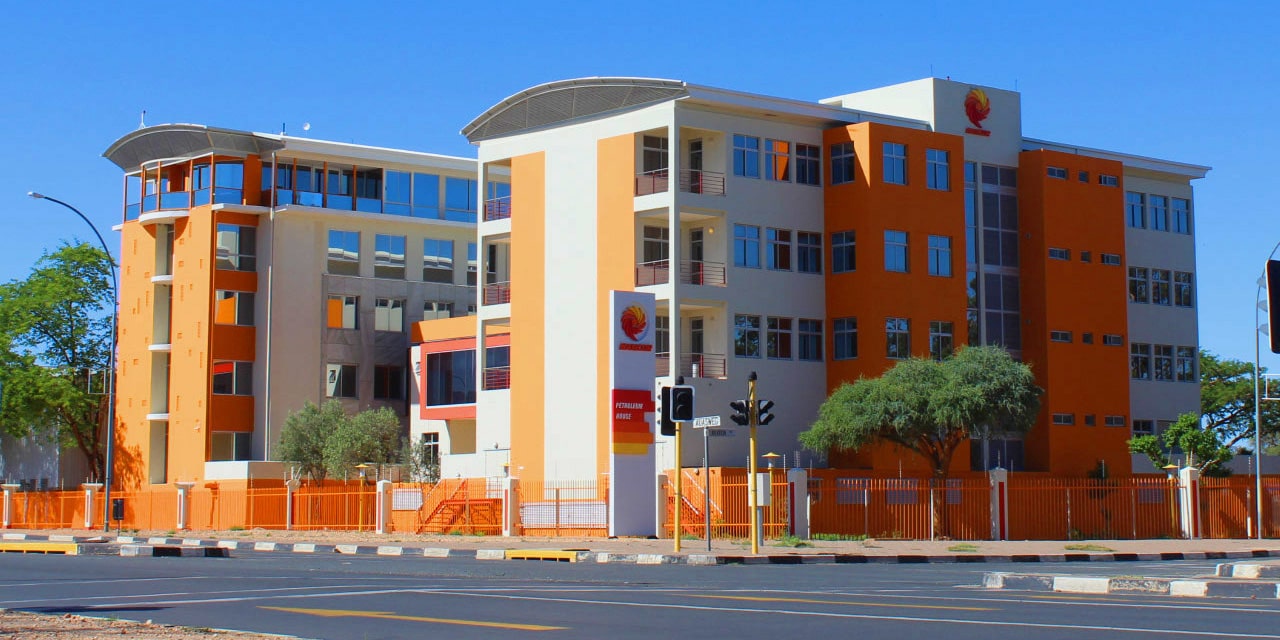Niël Terblanché
Farmers on the Hardap Irrigation Scheme are growing increasingly anxious as the critically low levels of the Hardap Dam continue to be exacerbated by a prolonged period of inadequate rainfall.
The looming threat of crop failures looms large, and farmers are sounding the alarm about the dire consequences this may have on both agriculture and the surrounding communities.
Dawie De Klerk, Chairperson of the Hardap Farmers Association, paints a grim picture of the situation, noting that the water level in the Hardap Dam has already plummeted to 18.1 percent. This alarming drop in reservoir capacity threatens to disrupt the irrigation scheme that heavily relies on the dam’s waters for the production of a wide variety of crops.
De Klerk warns that, unless there is significant inflow into the dam, the irrigation can be sustainably maintained only until the first or second week of April this year.
Typically, the irrigation season begins in February and extends well into April, sometimes even into May. However, the current dry conditions have left farmers in a precarious position.
“The socio-economic impact will be astronomical for the entire town and business ecosystem of the Hardap and Mariental communities if the Hardap Dam continues to receive no inflow during the expected rainy season. If water supply remains scarce, producers may be forced to lay off workers, which is an unfortunate but inevitable consequence,” De Klerk said.
De Klerk attributes part of the problem to a government-imposed moratorium, which limits the dam’s storage capacity to not more than 70 percent. This measure was implemented to prevent both overflow and uncontrolled outflow through fully opened sluices and he strongly advocates for the lifting of this moratorium.
“The current situation can be traced back to a decision made after the 2006 flood when the government imposed a 70 percent moratorium on the Hardap dam’s capacity. If the moratorium were not in place, we would have had approximately 30 percent more water in the dam at the moment, providing an additional year of full irrigation. It is crucial for the economic well-being of the Hardap region that this restriction is revisited urgently in consultation with Cabinet, NamWater, and relevant authorities,” he stated.
Despite the grim outlook for irrigation, De Klerk gave the reassurance that there is no immediate threat to potable water supplies.
He explained that water could still be extracted using submersible pumps even if the dam’s level drops below five percent. He added that it is vital to note that the dam also serves as a source of drinking water for Mariental residents, highlighting the multifaceted challenges posed by the dwindling water resources.
The critically low water level in the Hardap Dam reiterates the urgent need for proactive measures, both in terms of water management and contingency plans for irrigation farmers.




